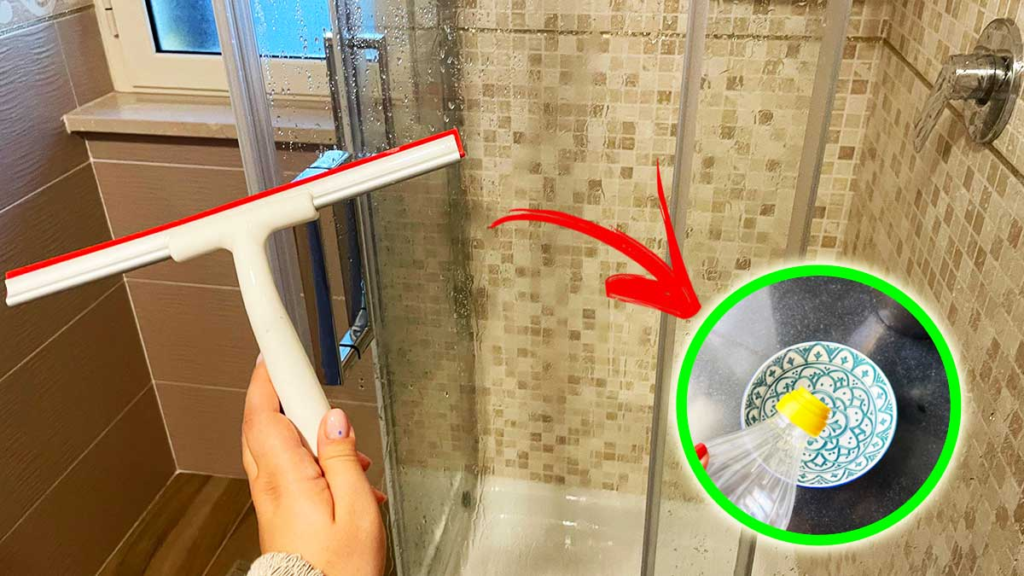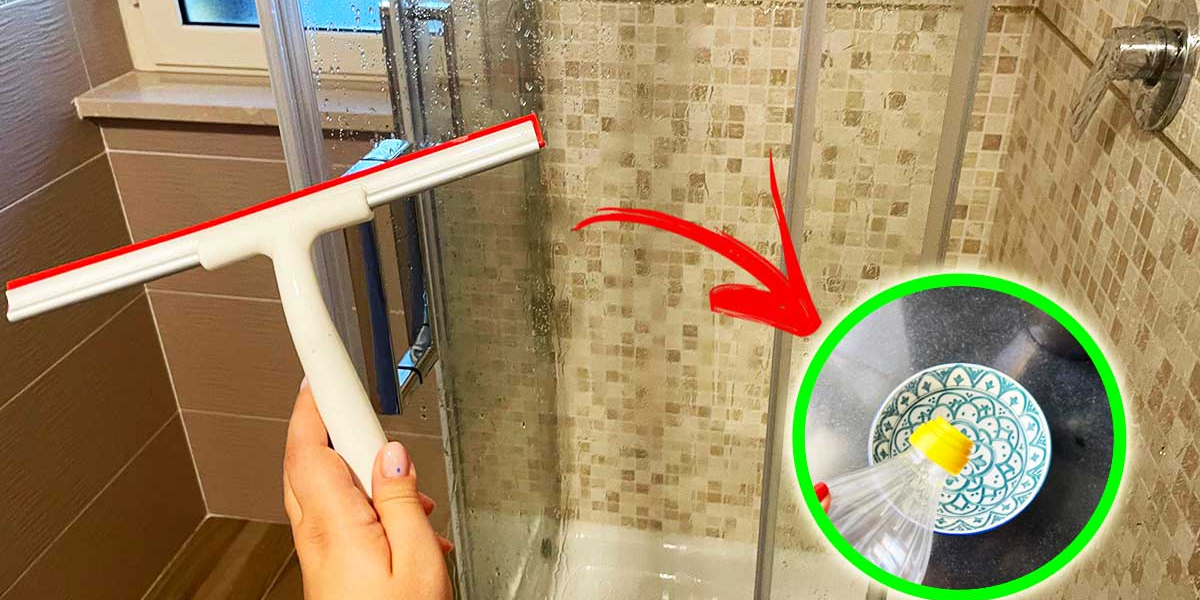
One of the parts of the bathroom most affected by dirt and other problems is certainly the shower cubicle .
In fact, there are limescale, dust and mildew stains here that can be traced back to constant contact with water.
But did you know that you only need one remedy to solve all these problems? Oh well! Let’s see together what it is!
What will you discover?
- 1 To remove mold
- 2 For removing limescale deposits
- 3 For polishing glass
- 4 tiles and grout
- 5 shower tray
- 6 warnings
Remove mold
Let’s start by removing the mold that we usually find in the corners of the shower cubicle, in the rails or on the silicone and that appears in the form of black spots.
As a remedy, we suggest using vinegar, an ingredient known for its cleansing, whitening and degreasing properties. Plus, it’s a godsend against mold. All you have to do is pour the vinegar onto a piece (or several) of microfiber and then place it along the rails and silicone.
Then let it sit for at least an hour before scrubbing thoroughly with a toothbrush to remove all mold. And that’s it!
For removing limescale deposits
Another problem that we often find in the shower cabin, in addition to mold, is the presence of limestone , which is formed by constant contact with water and releases limescale deposits , which usually accumulate on steel surfaces such as faucets and appear as whitish spots.
Fortunately, vinegar can also help us in this case because it has polishing properties. We remind you that it is indeed possible to make the stainless steel of the kitchen shine like a mirror! To do this, you need to pour the vinegar into a spray bottle and spray it onto the faucet, shower pipe and shower head, then leave it to act for about 10 minutes and rub vigorously.
To more accurately remove limescale from the shower head and also unclog the clogged holes, you can try the bag trick, where you fill a plastic food bag with vinegar and immerse the shower head inside . Then tie the bag closed with a rubber band and let the shower head soak for about 30 minutes before rinsing it out : no more limescale!
For polishing glass
However, limescale deposits also build up on glass and not only form white water spots , but also affect their brilliance and make them appear opaque .
So you will be happy to know that vinegar can also help in this case to remove water stains and make the glass shine like never before! Therefore, add equal amounts of vinegar and water to a spray bottle, shake thoroughly to mix the ingredients, and spray this mixture over the entire surface of the jars.
At this point, rub gently with a microfiber cloth in a circular motion and the water stains will just be a bad memory!
To make it even faster, just use a squeegee!
Tiles and grout
However, mold, limescale and residues from the products used when showering also settle on the shower tiles and along the joints, making them look black and dirty. But don’t worry, because vinegar will also help you clean the tiles thoroughly and whiten the blackened joints !
Simply put the vinegar in a spray bottle and spray it onto these surfaces, then scrub with a toothbrush and let it sit for an hour before rinsing thoroughly.
shower tray
Finally, let’s see how to proceed with cleaning the shower tray , on which we often find yellow stains that are not at all nice to look at. Since vinegar has been used to whiten surfaces and laundry since our grandmothers , why not use it in this case too?
Then put half the vinegar and half the water in a spray bottle and spray the resulting mixture onto the shower tray . Finally, let it work for a while before rubbing it with a soft sponge and rinsing it off: no more yellow stains on your shower tray!
Note: We would advise you not to use vinegar on marble or natural stone tiles, otherwise they could corrode.
Warnings
First, test the vinegar on all surfaces before using it. It should also be noted that it cannot be used on marble or natural stone.
